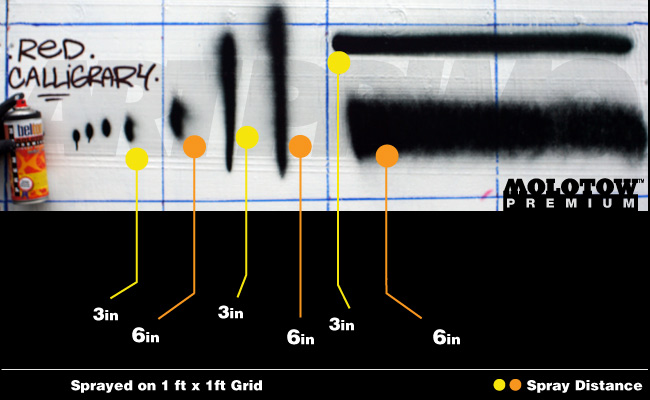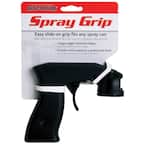- Messages
- 3,875
Talk to me about wet sanding....I am facing an ethical quandary!
I understand that it results in a more fine finish. However, these lines, written by Ken Warmoth, have been posted on the warranty page of the Warmoth website since the dawn of time:
--------------------
We'd like to offer a word of caution about wet sanding:
DON'T DO IT!
Only after there are several coats of hard finish on the body should you even consider wet sanding. Water will swell the wood and create all kinds of other problems. Be careful not to get water in the body holes and cavities. The end grain here is not well sealed and the glue lines will open very easily if they absorb water. We do not wet sand nor do we recommend this process.
--------------------
So....do I wet sand the bodies in this video?
I understand that it results in a more fine finish. However, these lines, written by Ken Warmoth, have been posted on the warranty page of the Warmoth website since the dawn of time:
--------------------
We'd like to offer a word of caution about wet sanding:
DON'T DO IT!
Only after there are several coats of hard finish on the body should you even consider wet sanding. Water will swell the wood and create all kinds of other problems. Be careful not to get water in the body holes and cavities. The end grain here is not well sealed and the glue lines will open very easily if they absorb water. We do not wet sand nor do we recommend this process.
--------------------
So....do I wet sand the bodies in this video?




